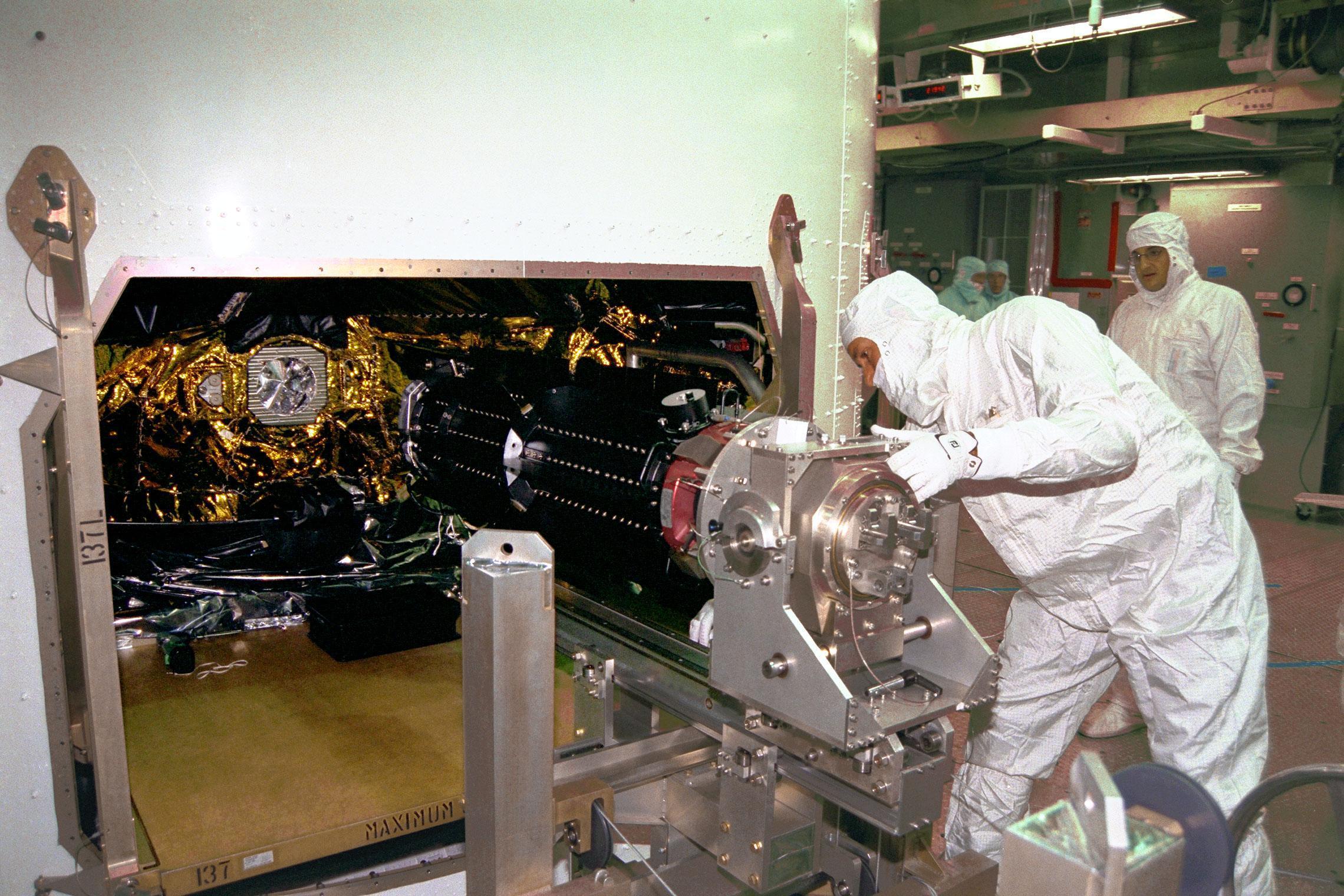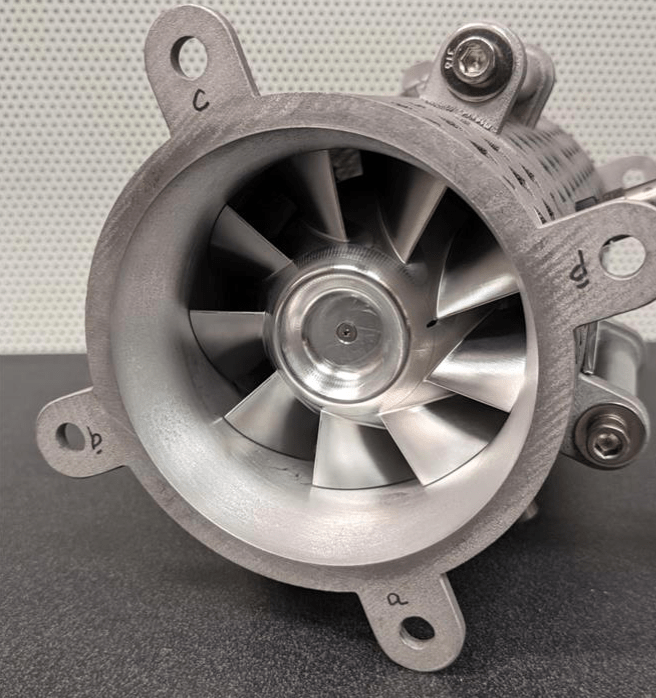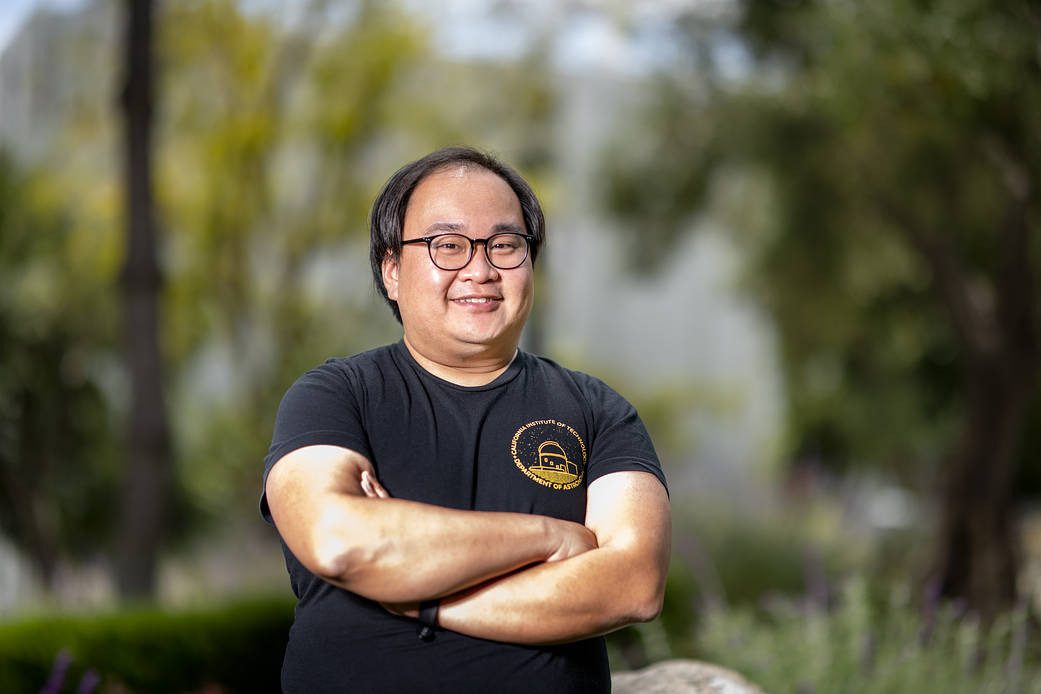“I’ve always wanted to learn about cosmology, specifically. The history of the universe is fascinating for me.
“…My PhD work focused on a series of telescopes in Antarctica, at the South pole. The goal is to look at the cosmic microwave background. We believe that there is a very unique signature that will tell you about the first fraction of a second after the Big Bang. It will tell you why the universe is the way it is today.
“…I do physics in a way that is a little bit of everything. My background is experimental physics. My main research involves building these different instruments. For example, designing the camera and the antenna — which is very much electrical engineering. I also need to design the mechanical structure of these telescopes. The camera detector only works at 250mK, so it’s cryogenic mechanical engineering. And then you have the electronic readout — how you read all the signals. Once you go there and install the telescope, get the data, and analyze the data — that’s a lot of data science. How do you analyze huge data sets? You’re trying to find these nano Kelvin signals, on top of atmospheric change.
“And at the end, when you get the data set, then you get to use some of the astrophysics knowledge to ask, what does this mean in terms of cosmology? [What does this mean about] the very beginning of the Big Bang?”
— Dr. Howard Hui, Staff Scientist, California Institute of Technology/NASA’s Jet Propulsion Laboratory
Image Credit: NASA / Ryan Lannom
Interviewer: NASA / Thalia Patrinos





























